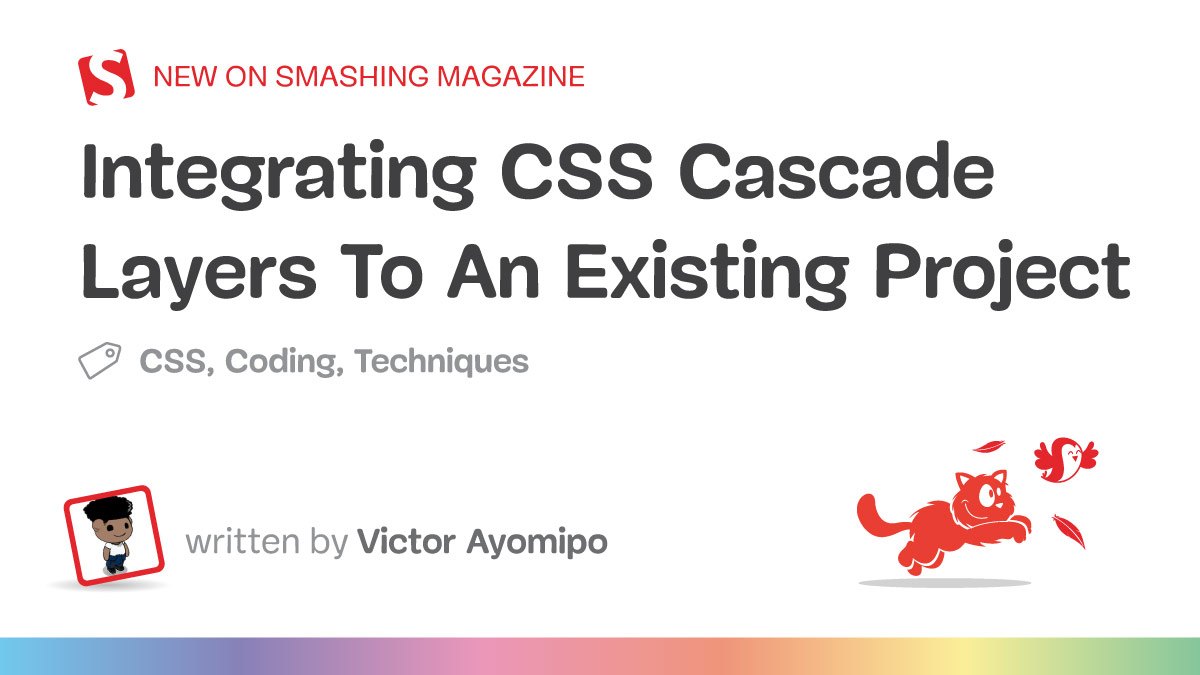
"The idea behind this is to share a full, unfiltered look at integrating CSS Cascade Layers into an existing legacy codebase. In practice, it's about refactoring existing CSS to use cascade layers without breaking anything. You can always get a fantastic overview of things in Stephenie Eckles' article, " Getting Started With CSS Cascade Layers ". But let's talk about the experience of integrating cascade layers into real-world code, the good, the bad, and the spaghetti."
"I could have created a sample project for a classic walkthrough, but nah, that's not how things work in the real world. I want to get our hands dirty, like inheriting code with styles that work and no one knows why. Finding projects without cascade layers was easy. The tricky part was finding one that was messy enough to have specificity and organisation issues, but broad enough to illustrate different parts of cascade layers integration."
Integrating CSS Cascade Layers into a legacy codebase requires careful refactoring to adopt layers without breaking existing styles. The chosen real-world example is a Discord bot landing page by Drishtant Ghosh with navigation, hero, buttons, and a mobile menu. The main page centers on three files: index.html, index.css, and index.js. The CSS file exceeds 450 lines and shows repetition, specificity conflicts, and poor organization. The practical approach prioritizes working in messy, inherited code rather than a contrived sample project. The objective is to restructure styles into cascade layers while preserving behavior and revealing ordering and specificity issues.
Read at Smashing Magazine
Unable to calculate read time
Collection
[
|
...
]